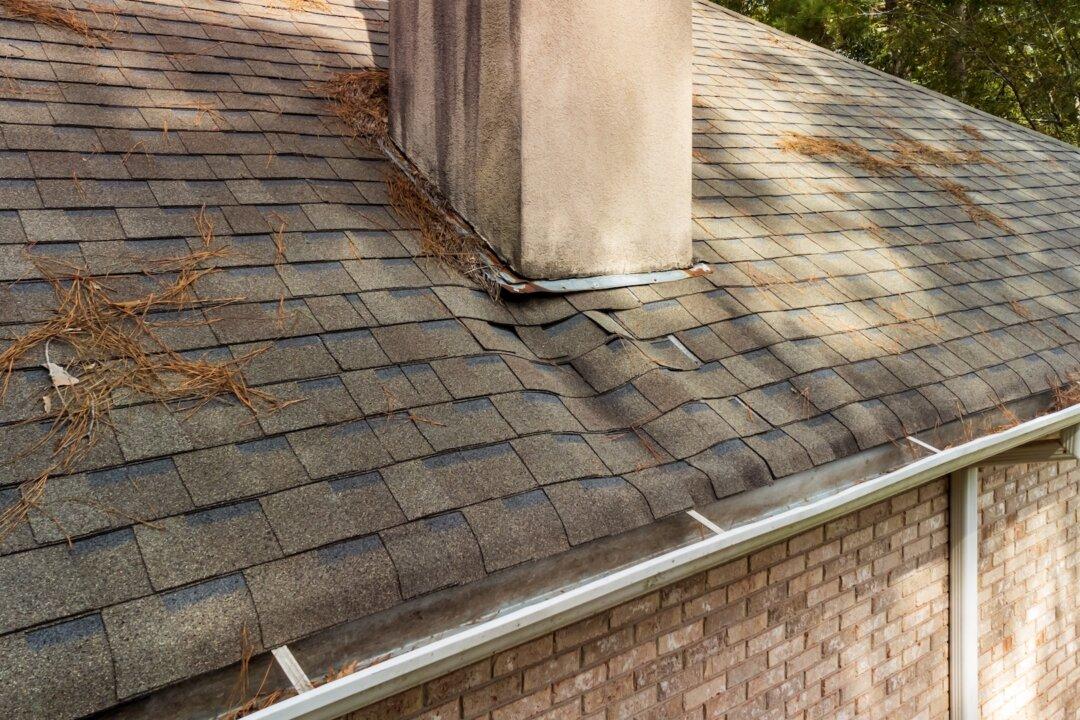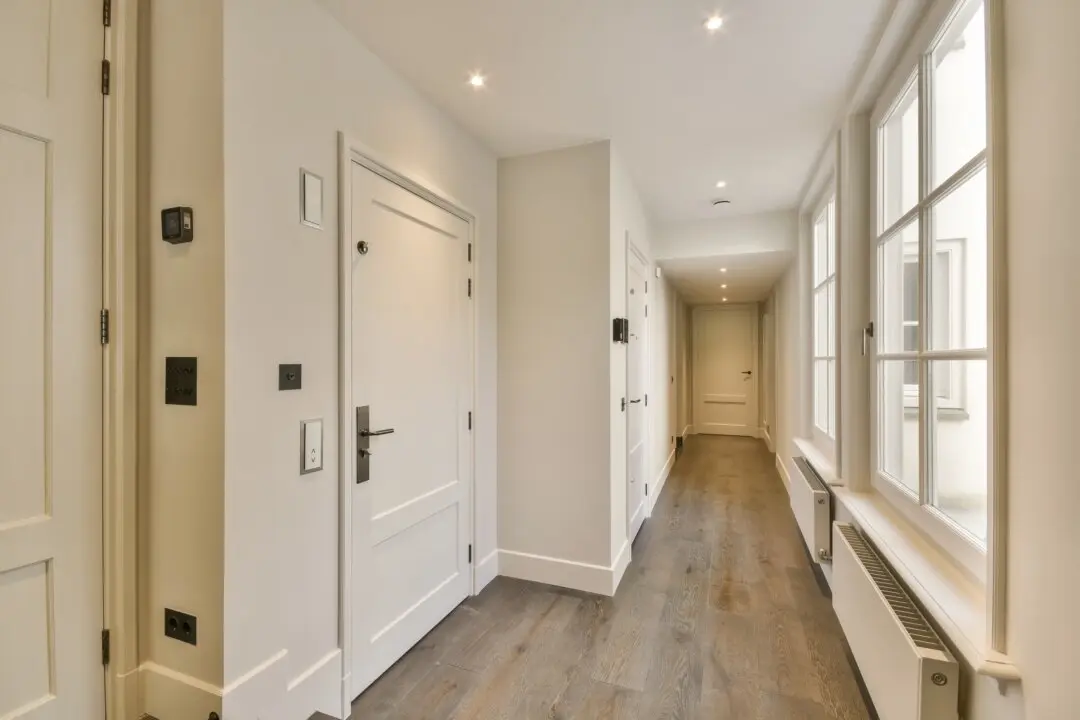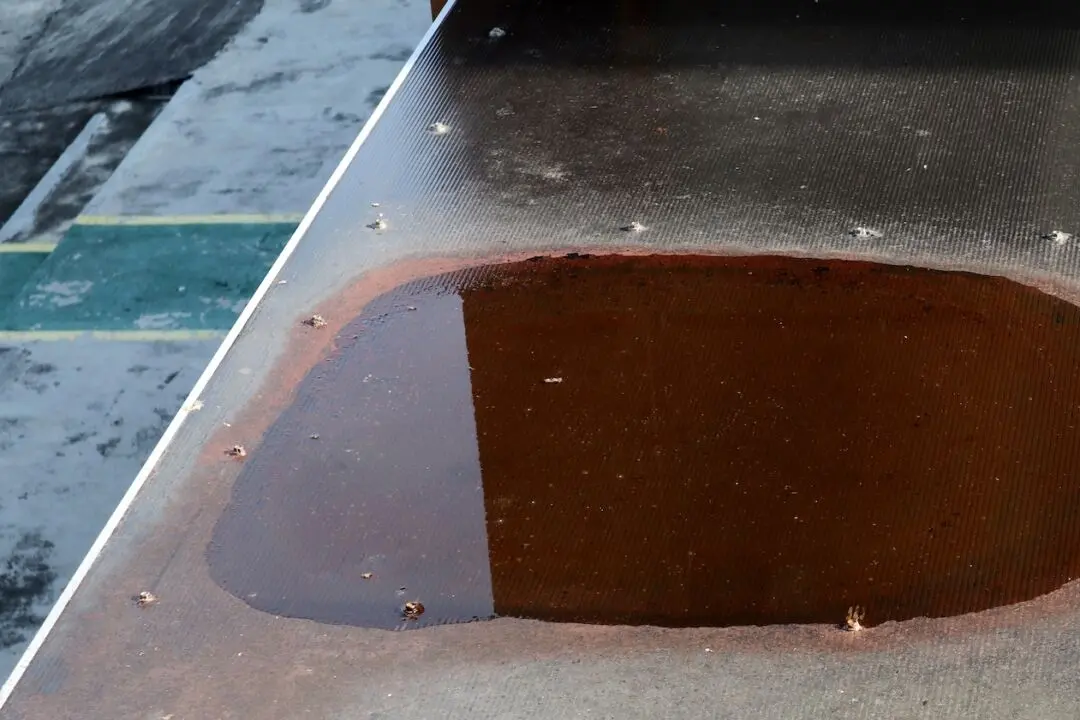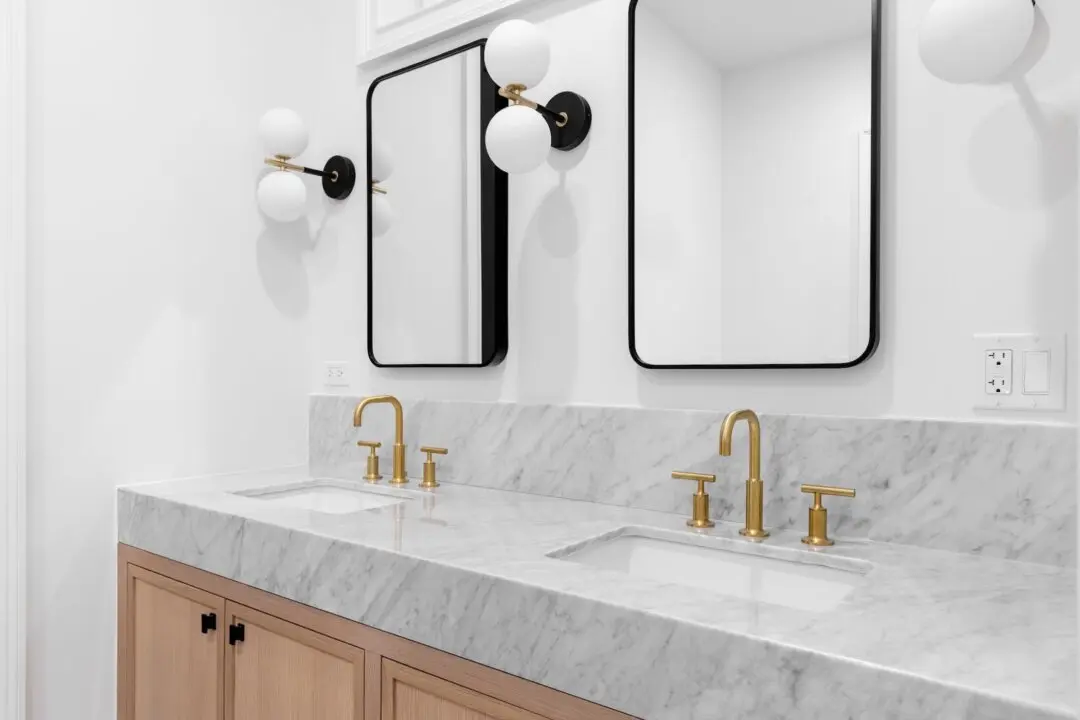Dear James: We had the roof partially raised to convert the attic into living space. The relatively low, old asphalt-rolled roof is leaking. What is the best option to repair it?—Olivia H.
Dear Olivia: It would have been much better if the contractor had used durable tin or copper for that low roof initially, but those materials are much more expensive than asphalt-rolled roofing. With your roof modifications, there are angled sections with joints that can be difficult to seal.





